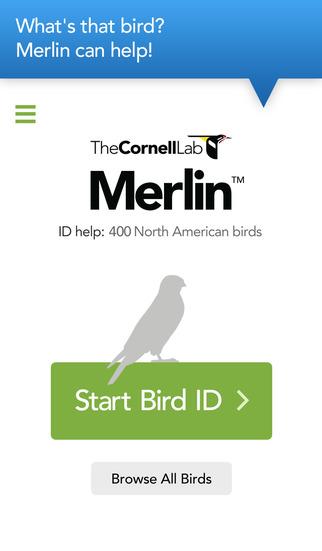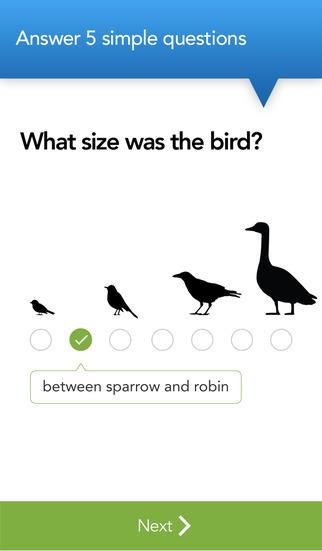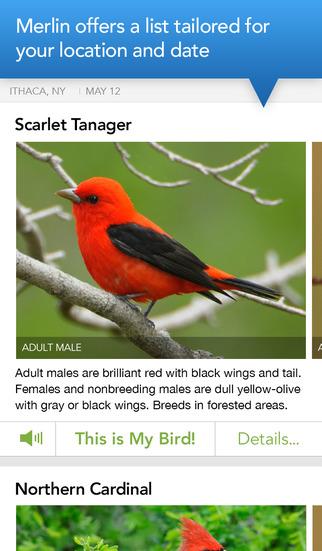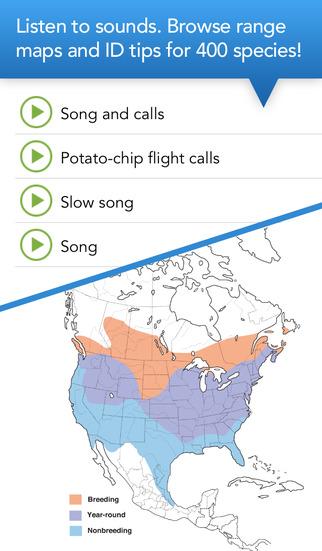
In what Cornell University is calling “a breakthrough for computer vision and for bird-watching,” Merlin Bird Photo ID melds the power of artificial intelligence with human-generated data to recognize 400 bird species in the U.S. and Canada. The tool is available for free online and as free apps for iOS and Android devices.
“It gets the bird right in the top three results about 90 percent of the time, and it’s designed to keep improving the more people use it,” said Jessie Barry, the Merlin Project Leader at the Cornell Lab of Ornithology.
Once a bird-watcher uploads a photo they snapped of a bird to Merlin Bird Photo ID, the online tool asks when and where the picture was taken. Then it asks the user draw a box around the bird and tap on its bill, eye, and tail.
After the inputs are submitted, Merlin analyzes the image and presents the most likely species. Users can then view details for each bird and listen to what they sound like. If one of the results is, indeed, the bird species the user saw, they can confirm it by clicking a “This Is My Bird!” button.
The process on the mobile app is slightly different, as it asks the user to identify the approximate appearance of the bird and what the bird was doing at the time the photo was taken (e.g., eating at a feeder, in trees or bushes).
Merlin’s accuracy will, ideally, improve as time goes on and more photos are uploaded to its database. It also uses more than 70 million bird sightings recorded by bird enthusiasts in the eBird.org database.







